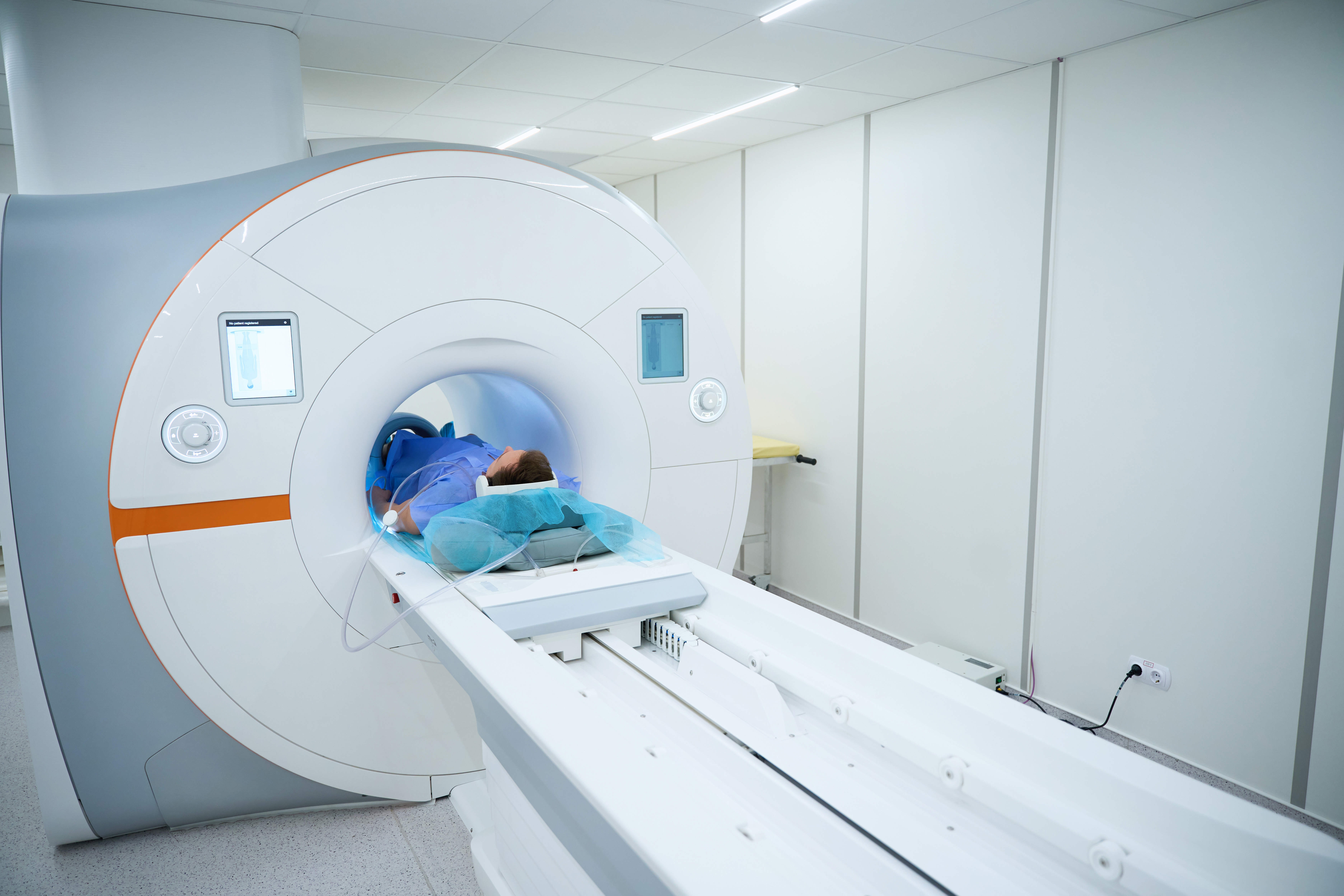Magnetic Resonance Imaging (MRI)
Magnetic resonance imaging (MRI) is a type of scan to get a detailed picture of the inside of your body.
Magnetic resonance imaging (MRI) is a type of scan used to get a detailed picture of the inside of your body.
MRI cannot diagnose prostate cancer on its own. You will usually need to have a prostate biopsy as well.
© Cancer Research UK [2002] All rights reserved. Information taken 21/03/23. Cancer Research UK are independent from Prostate Cancer Research.
Doctors use MRI scanners to look for any suspicious areas in:
If they think that cancer may be present, they may recommend you have a prostate biopsy.


What is claustrophobia?
Can I opt for an open scanner?
What can I do if I am unable to go inside the scanner?

 use this to inject the dye and the Buscopan.
use this to inject the dye and the Buscopan.
